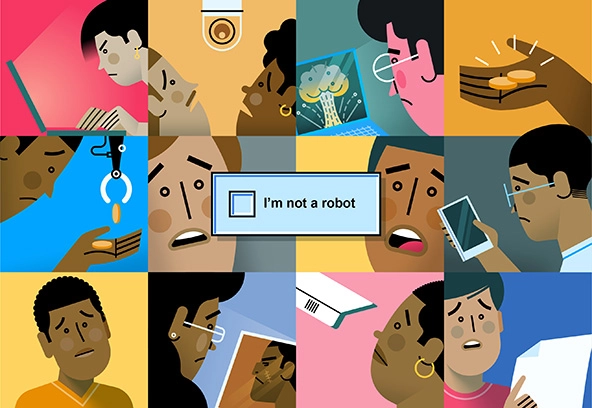Woman, Life, Freedom: Iran’s Ongoing Humanitarian Crisis
Omer Messinger, ABC Radio National
Protestors gathering to honor Amini’s death.
On Sept 13, 2022, a 21-year-old Kurdish-Iranian woman Mahsa Amini (also known as Jina Amini) traveled to Tehran, Iran, to visit her brother. While at the entry point to an expressway, Amini was detained by Iran’s Guidance Patrol, or morality police, for wearing her compulsory hijab “too loosely” and wearing tight-fitting pants. Under Iranian law, women are required to wear a covering that conceals the head, neck, and hair. They could face imprisonment or fines if they fail to conform. Reportedly, police told her family she would be taken to a “briefing class” at a detention center and released in an hour or two. She never made it home, dying in a Tehran hospital three days later.
Police have reported that Amini died of natural causes, suffering a heart attack and a seizure upon arrival at the police station that led to her death. However, Amini’s fellow detainees have told a vastly different story, maintaining that Amini was mocked and tortured by officers in a police van, later collapsing at the police station. The reports of doctors from the Tehran hospital that treated Amini seem to corroborate the detainees’ story, pointing out that Amini’s injuries (including bruising and bleeding from the ears) do not match the police’s story of a heart attack. Also, CT scans released from the hospital seem to show injuries consistent with trauma, further discrediting the police’s case.
Protests began on Sept 16, the day Amini died, in Tehran and spread across the country. Many women removed their hijabs to show support, while some publicly cut off their hair to display their defiance. The Kurdish feminist slogan, “Woman, Life, Freedom,” has also been prominently featured, chanted by protestors, and written on their signs. Protests have spread abroad, in Italy, Zurich, Tokyo, Seoul, New York, and elsewhere. The demonstrations spurred by Amini’s death have been the most widespread in Iran since the Ayatollah rose to power in the 1970s. In response, the government has increased its control by ordering an internet shutdown and implementing a restriction on social media.
The crackdown on protests has grown increasingly bloody, with thousands of protestors detained and many sentenced to death without proper trials. On Dec 8, a man named Mohsen Shekari became the first known person to be executed due to his involvement in the Mahsa Amini protests; on Dec 12, a man named Majidreza Rahnavard became the second. Reportedly, over 100 protestors have been sentenced to death, and others have been given lengthy prison sentences. Also, a reported 470 protestors have been killed by police forces. Nevertheless, protestors have persisted, and demonstrations are ongoing across Iran, shaking the long-time rule of the Ayatollah.
Since the late 1970s, Iran has been a strict religious theocracy, currently ruled by Ayatollah Ali Khamenei, a fundamentalist who has enforced laws restricting women’s rights. The protests caused by Amini’s death have represented not only the relentless struggle for women’s rights, but a rejection of the Ayatollah’s authoritarian government. In addition, Iran’s current protests represent not only a push for women’s rights but for freedom for all Iranians. As protests continue to shake the regime, the world watches on, as those carrying change struggle for their rights.









